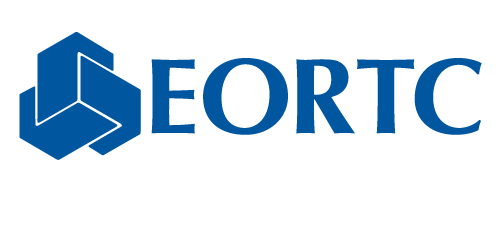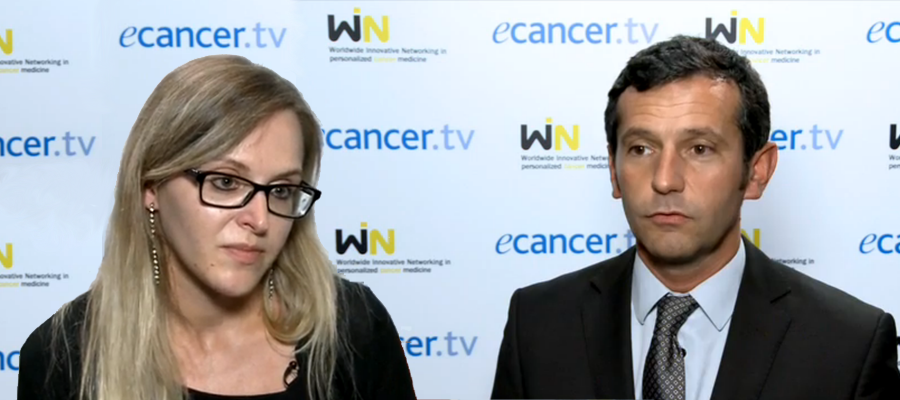SPECTAlung: improving clinical trial access for patients with thoracic tumors
10 Jul 2015
Hear Dr Jessica Menis and Dr Benjamin Besse to talk to ecancertv at WIN 2015 about SPECTAlung.
The first patients with thoracic malignancies are now entering SPECTAlung (EORTC trial 1335). Through SPECTAlung, eligible patients can be efficiently allocated to relevant therapeutic biomarker-driven clinical trials.
SPECTAlung is a standardized, quality-assured molecular screening platform for tumor characterization and storage of human biological material for the purpose of integrating new biomarkers into clinical trials and optimizing access of patients to therapeutic biomarker-driven clinical trials.
SPECTAlung plans to recruit 500 patients with pathologically confirmed lung cancer, malignant pleural mesothelioma, thymoma or thymic carcinoma at any stage during its first year. In subsequent years, 500-1000 patients will be recruited per year.
SPECTAlung, coordinated by the EORTC Lung Cancer Group in collaboration with the European Thoracic Oncology Platform (ETOP) and the EORTC Pathobiology Group, is being conducted at 18 sites located in twelve countries: Belgium, Denmark, France, Germany, Ireland, Italy, Poland, Slovenia, Spain, Switzerland, The Netherlands, and the United Kingdom.
SPECTAlung is supported by InBev Baillet-Latour.
John Bean, PhD
EORTC, Medical Science Writer
Related News
Meet the new EORTC Board
9 Jul 2024
We are pleased to announce the release of the EORTC 2023 Annual Report
17 Jun 2024
Dr Denis Lacombe, EORTC CEO, appointed stakeholder co-chair of ACT EU advisory group
24 May 2024
Clinical Trials Day 2024: a Q&A on pragmatic clinical trials
20 May 2024
EORTC/EMA workshop suggests an international way forward for treatment optimisation studies
8 May 2024
EORTC’s Participation at the ESTRO Congress 2024
29 Apr 2024
EORTC: Advancing research and treatment for rare cancers
29 Feb 2024
EORTC Fellowship Programme: celebrating more than 20 years of impactful collaboration
22 Feb 2024
Appointment of Malte Peters as EORTC Strategic Alliance Officer
9 Feb 2024
Unique series of workshops in partnership with the European Medicines Agency (EMA)
7 Feb 2024


